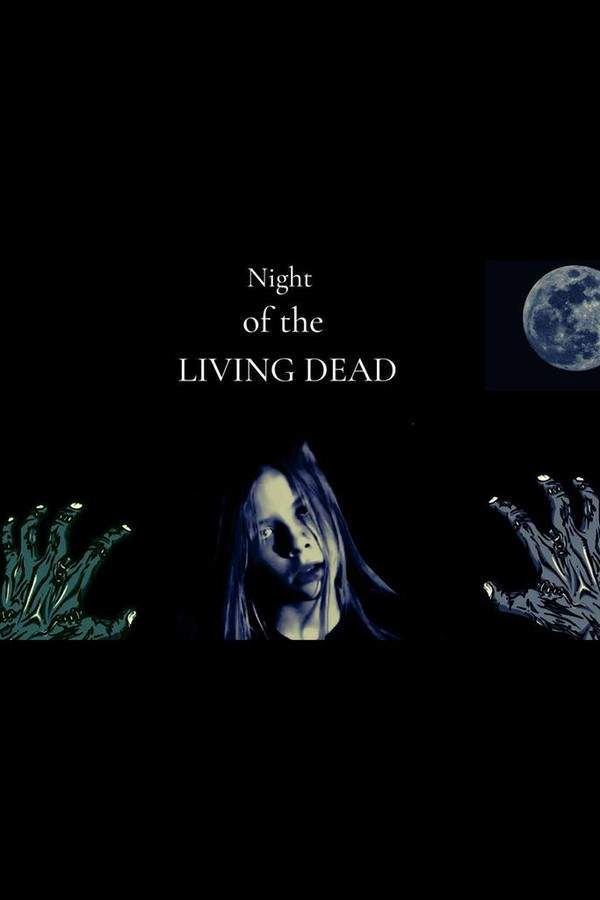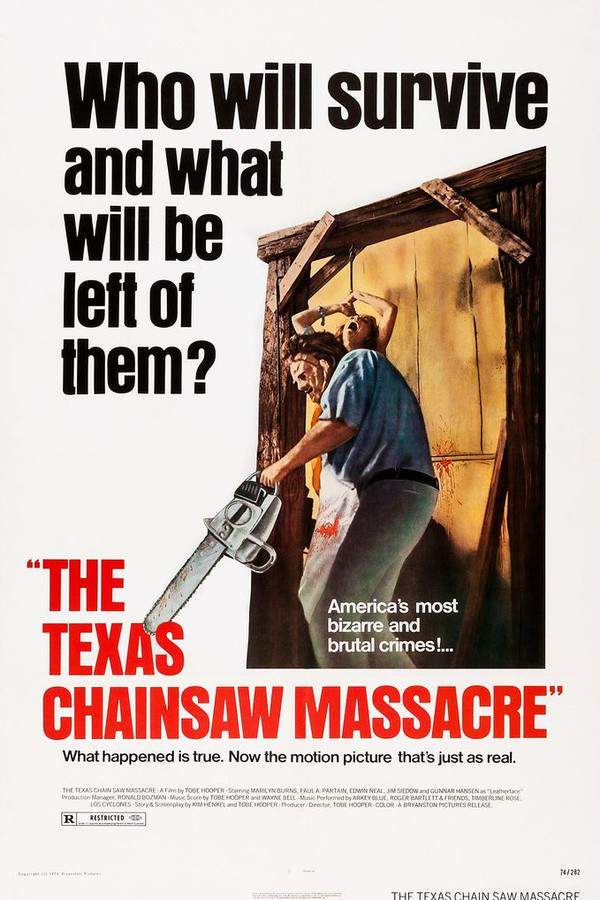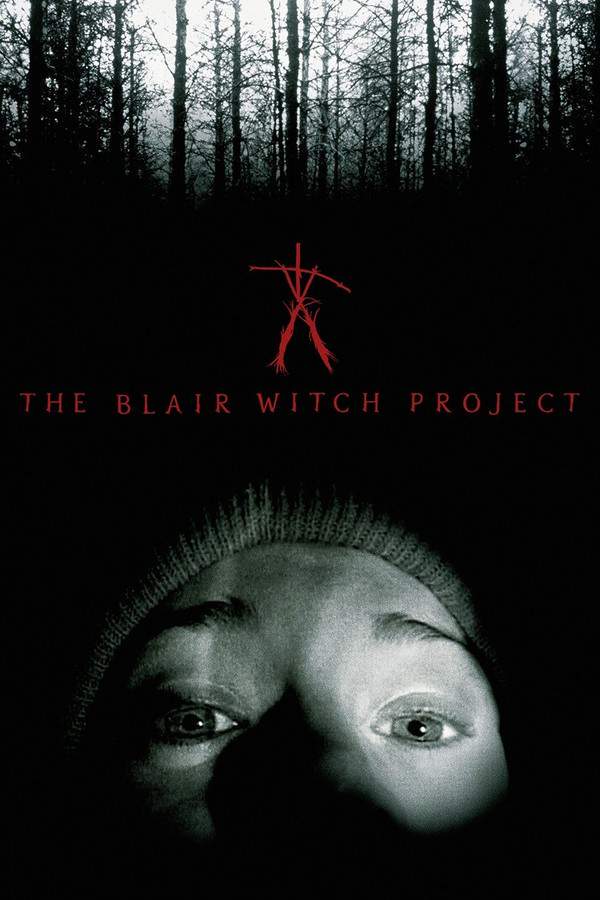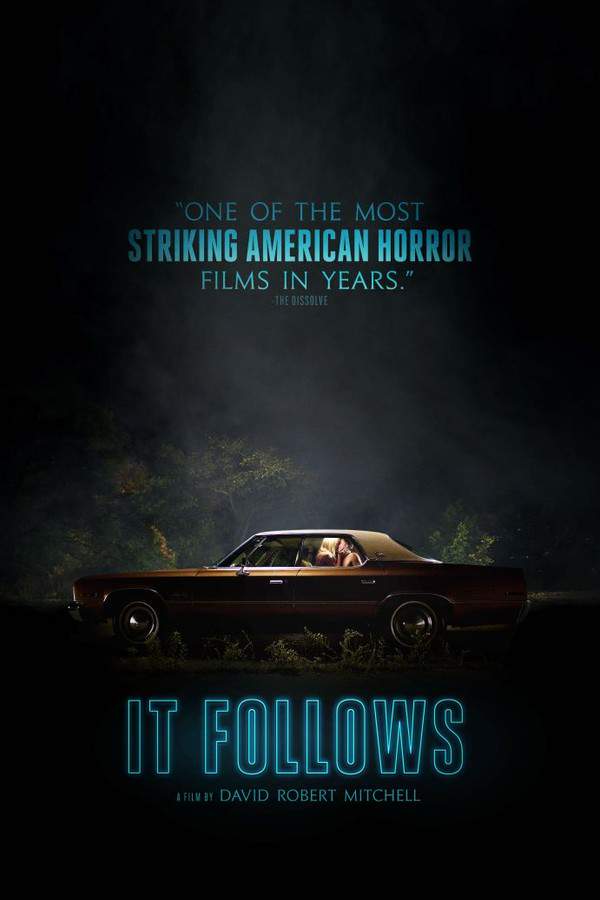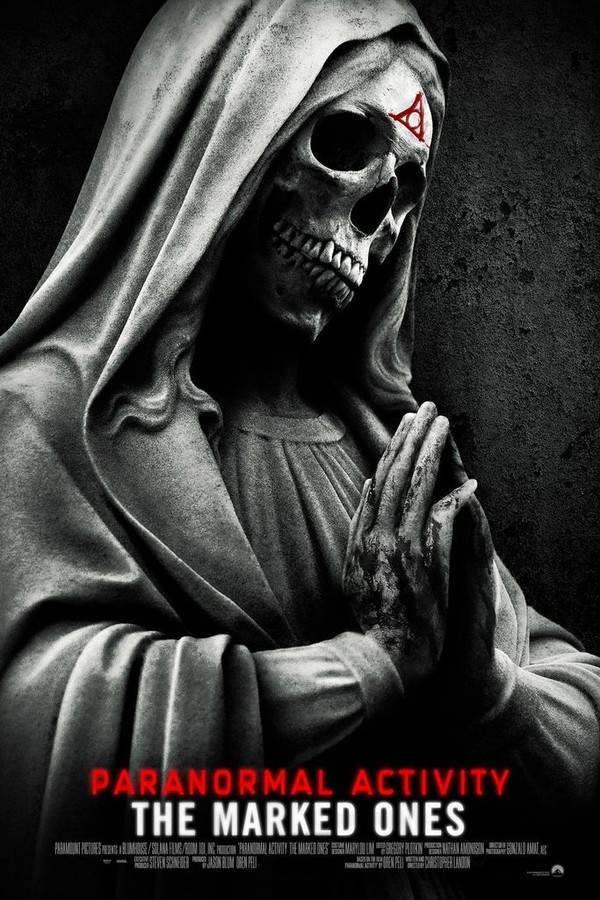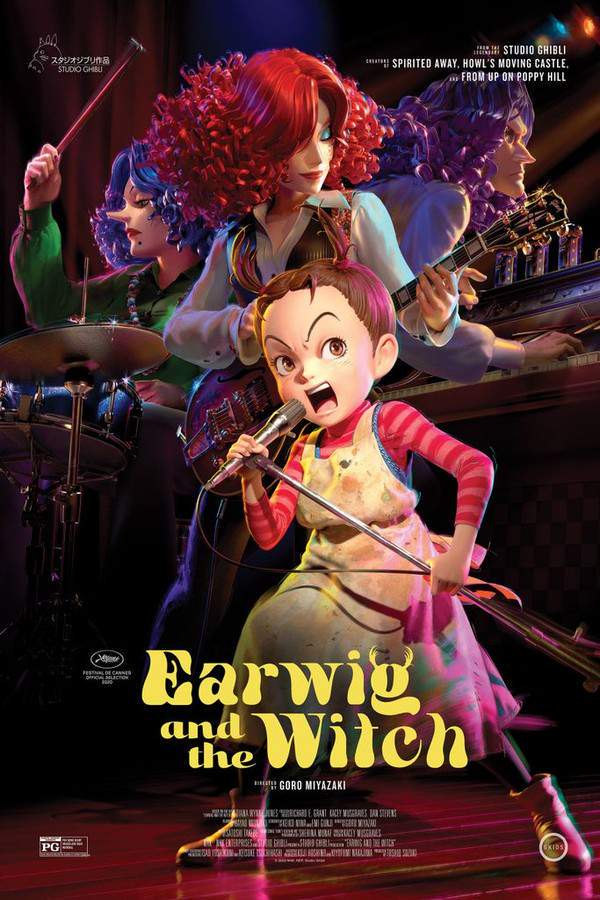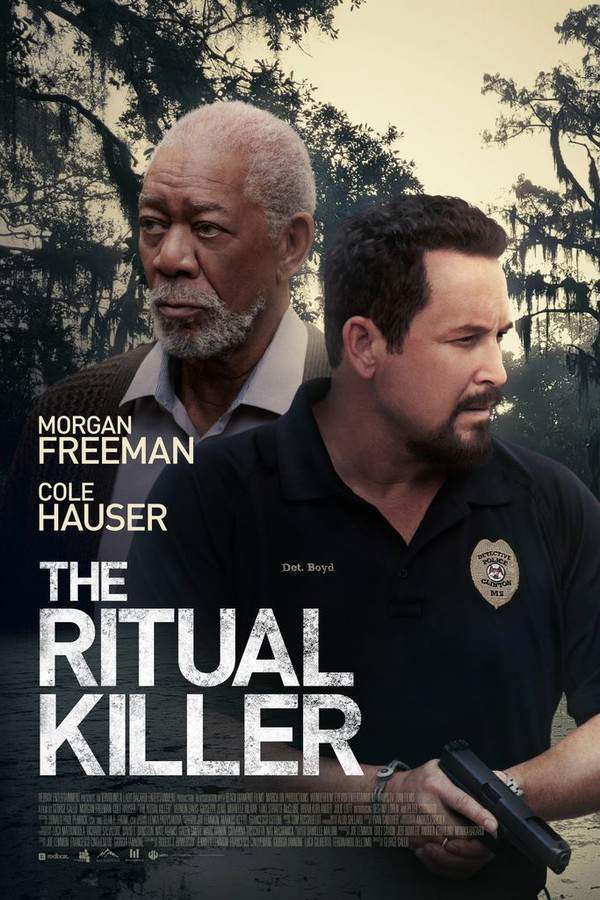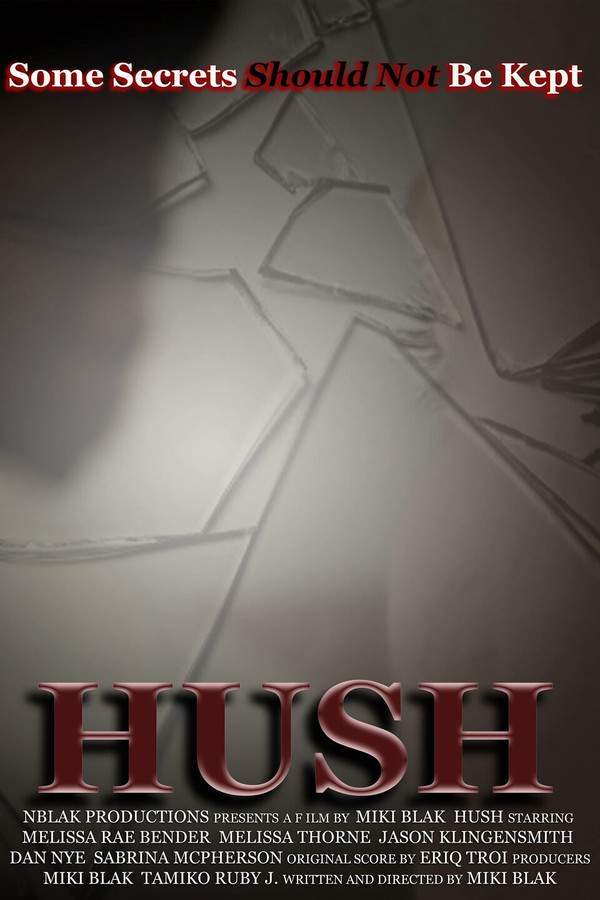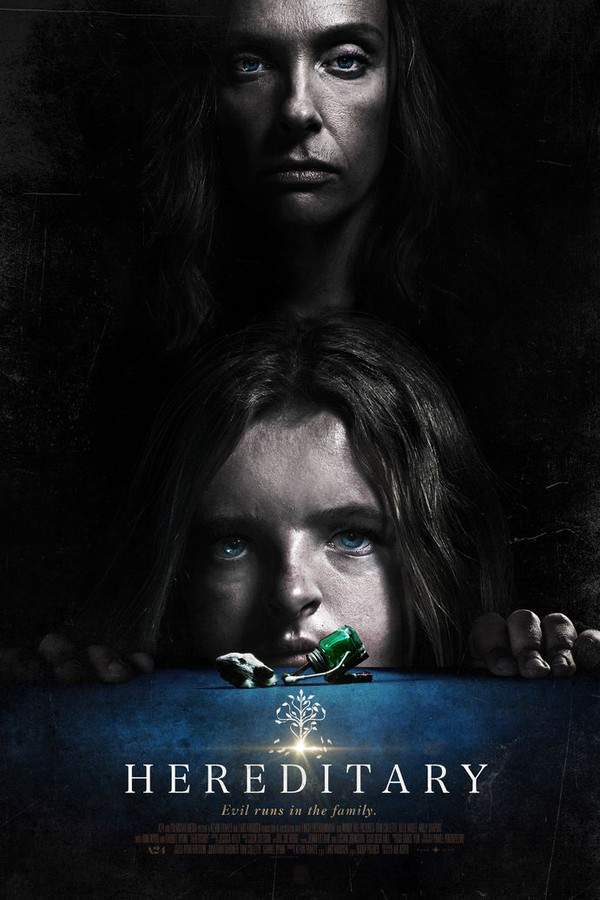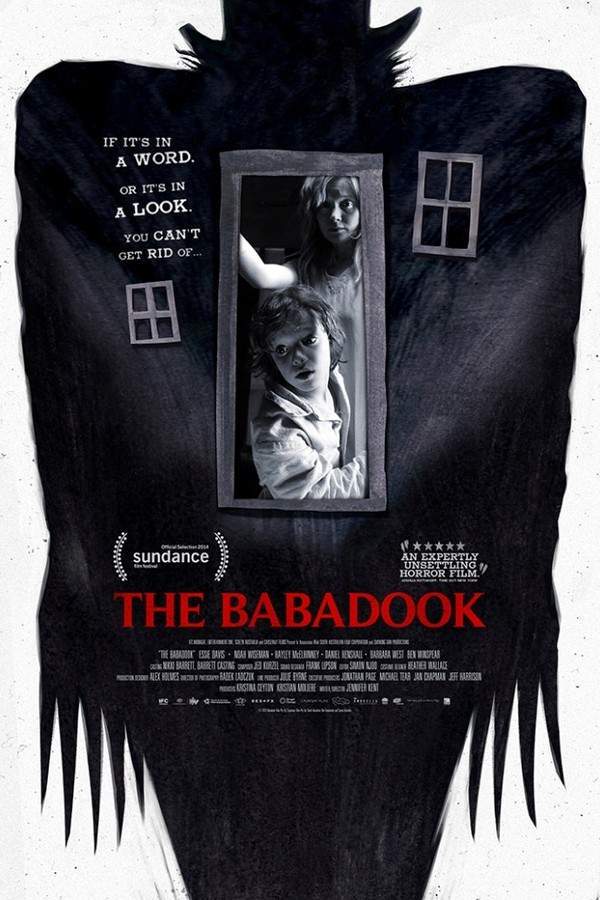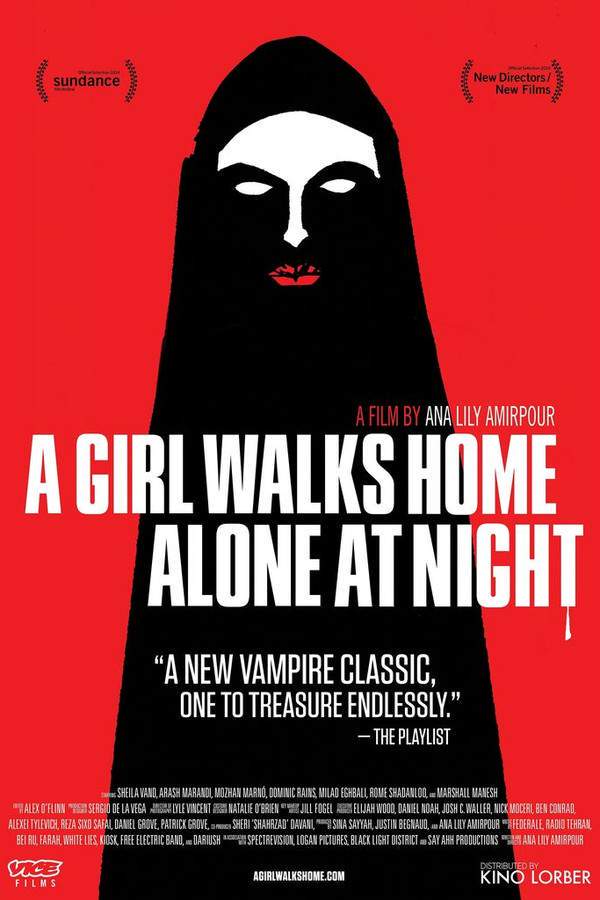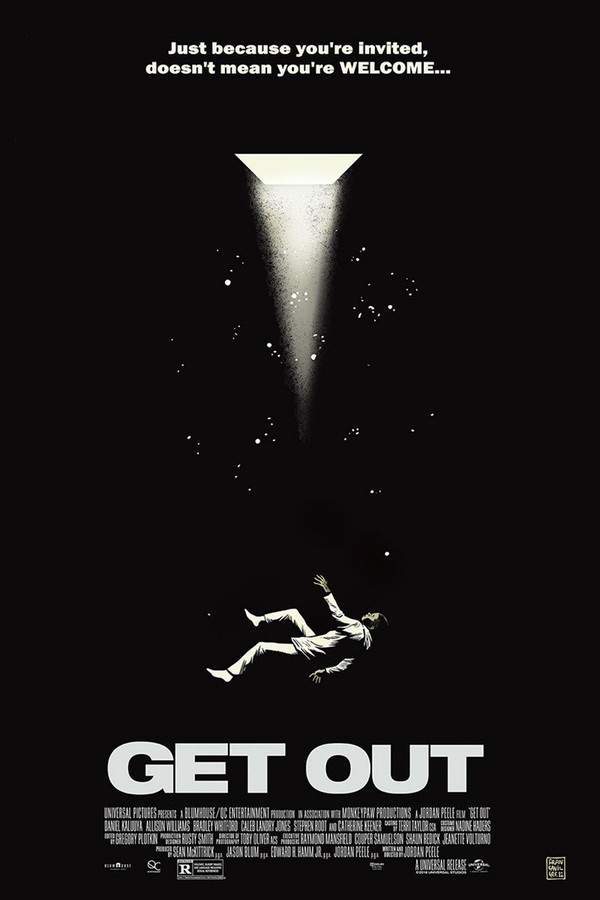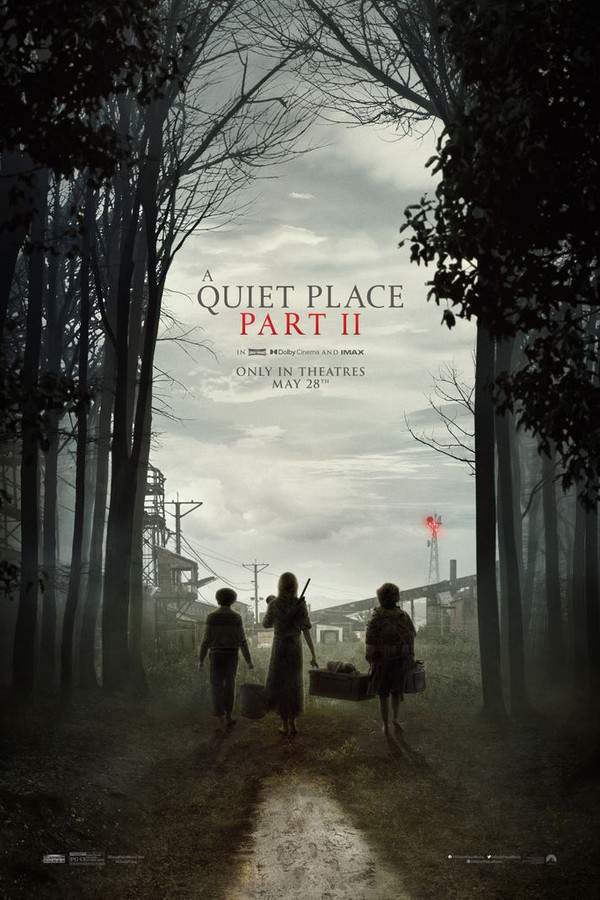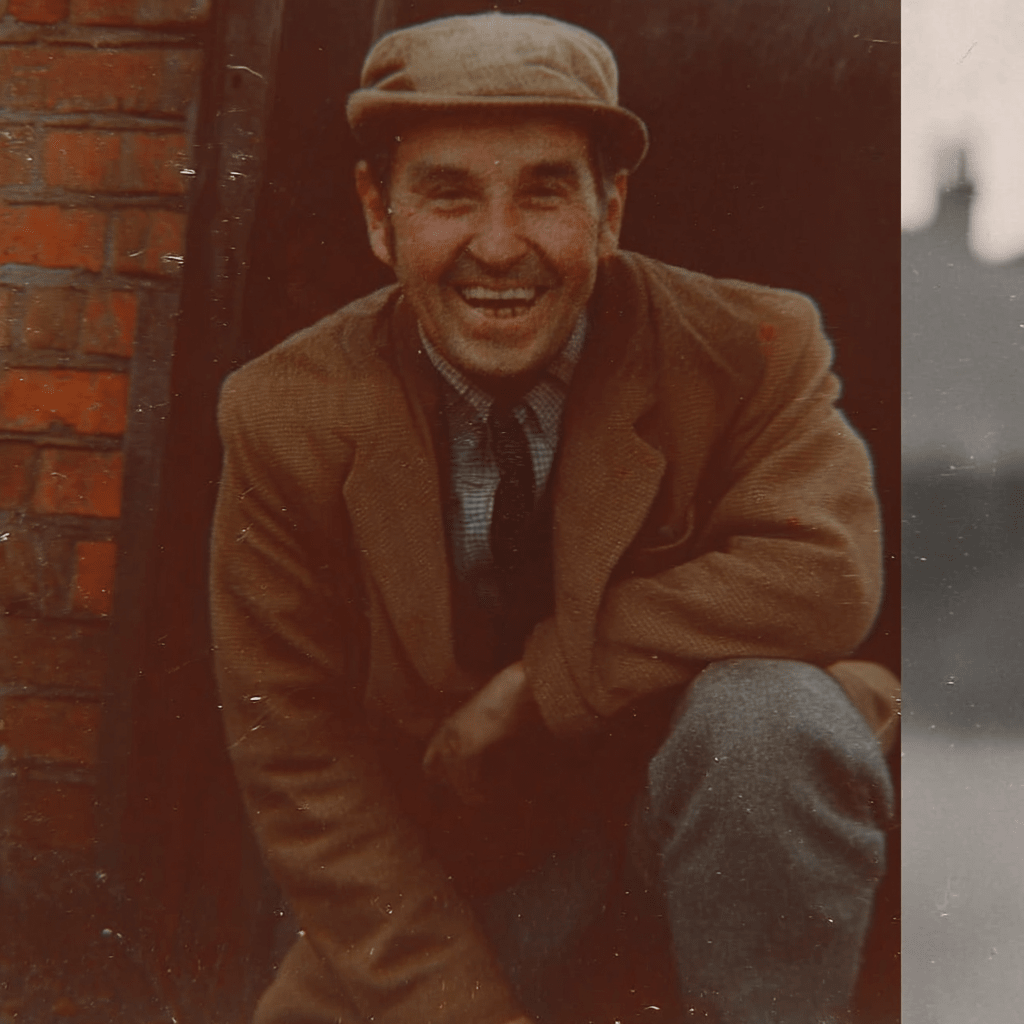What's After the Blog?
Independent Films • Criticism
The Rise and Impact of Indie Horror Films
Explore the captivating evolution and profound impact of indie horror films, from their early days to their influence on mainstream cinema and future trends.
June 16, 2024
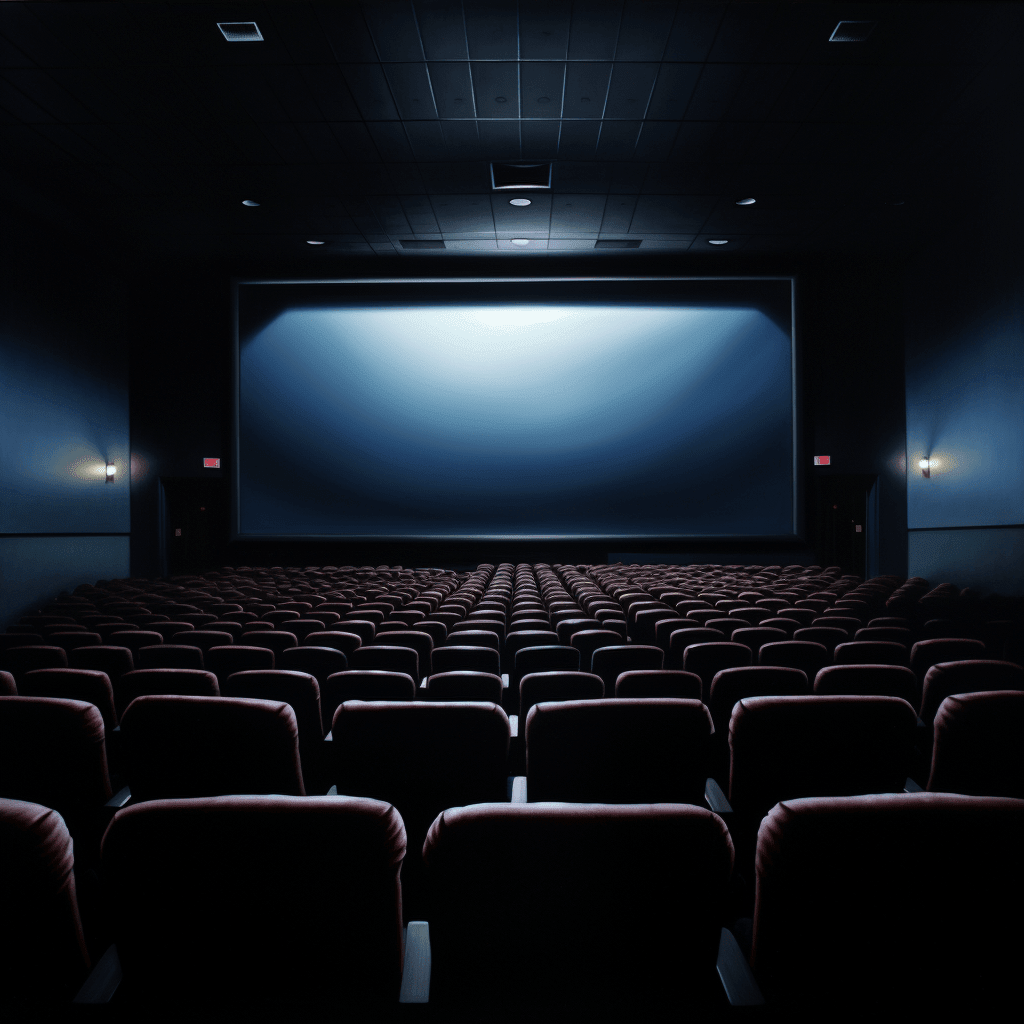
Movies mentioned in this article
The Rise and Impact of Indie Horror Films
Introduction
The landscape of horror cinema has been profoundly shaped by the rise of indie horror films. Far from the glossy productions of mainstream studios, these films have carved a niche for themselves, often delivering some of the most groundbreaking and terrifying experiences in the genre. Indie horror films, known for their low budgets, creative freedom, and often innovative storytelling, have not only garnered cult followings but have also influenced mainstream horror cinema in significant ways. This shift towards indie productions has changed the way audiences perceive and experience horror, leading to a diverse range of narratives that challenge and unsettle. For enthusiasts seeking to delve deeper into the fascinating world of these films, ATM (What’s After the Movie) offers a comprehensive database, providing insights into a wide array of movies, including indie horror gems.
The Early Days of Indie Horror
The genesis of indie horror can be traced back to films that broke away from conventional studio productions, both in terms of content and production style. These early indie horror films laid the groundwork for a genre that would grow in popularity and influence. One of the most iconic examples is George A. Romero’s Night of the Living Dead (1968). Shot on a modest budget, this film redefined the zombie genre with its gritty realism and social commentary, setting a precedent for future indie horror films. Another seminal work, Tobe Hooper’s The Texas Chain Saw Massacre (1974), with its raw and visceral approach, showcased the potential of horror to shock and disturb without the backing of a major studio.
These early indie horror films often reflected societal anxieties and fears in ways that mainstream cinema wouldn’t dare. For instance, Night of the Living Dead was not just a zombie movie; it was a commentary on race relations and the social upheaval of the 1960s. Similarly, The Texas Chain Saw Massacre, beneath its surface-level gore, critiqued the disillusionment of the American dream and consumer culture. These films, by virtue of their independence, were able to tackle themes and employ storytelling techniques that were often considered too risky or unconventional for mainstream studios.
The impact of these early indie horror films cannot be overstated. They did not just entertain; they left an indelible mark on the horror genre, pushing boundaries and opening doors for a new wave of filmmakers. These trailblazing movies proved that effective horror doesn’t require blockbuster budgets but rather a bold vision and a willingness to venture into uncharted territories of storytelling. As such, they paved the way for the countless indie horror films that would follow, each seeking to leave its own unique imprint on the genre.
Defining Indie Horror: What Sets it Apart?
Indie horror films stand apart from their mainstream counterparts in several key ways. The most defining characteristic is their independence from major studio control, which often translates to greater creative freedom for the filmmakers. This autonomy allows for more daring, unconventional storytelling and the exploration of niche themes that might not appeal to a broad audience. The low-budget nature of indie films also plays a crucial role. Limited resources force filmmakers to rely more on ingenuity and creativity rather than expensive special effects or sets. This constraint has given birth to some of the most innovative and chilling scenes in horror cinema.
The essence of indie horror lies in its ability to subvert expectations and present audiences with fresh perspectives on familiar tropes. Films like The Blair Witch Project (1999) revolutionized the found-footage style, turning its low-budget production into an advantage that added to the film’s realism and terror. Similarly, It Follows (2014) took the common horror theme of a curse and turned it into a haunting allegory for STDs and the anxieties of adulthood. These films exemplify how indie horror can push the boundaries of the genre in ways that mainstream horror often cannot.
Breakthrough Films that Redefined Indie Horror
Throughout the years, several indie horror films have broken through to achieve critical and commercial success, often redefining the genre in the process. The Blair Witch Project is a prime example; its innovative use of found footage and viral marketing campaign not only made it a box office hit but also inspired a new wave of low-budget horror films. Another groundbreaking film is Paranormal Activity (2007), which, with its minimalistic approach and effective use of suspense, reinvigorated the haunted house sub-genre and spawned numerous sequels and imitations.
These films succeeded not just because of their novel approaches but also because they tapped into universal fears in unique ways. The Blair Witch Project played on the fear of the unknown and the unsettling feeling of being watched, while Paranormal Activity turned the safety of a suburban home into a site of terror. Their success paved the way for other indie horror films, proving that with a compelling story and innovative approach, even a film with a small budget could make a significant impact.
The influence of these breakthrough films is evident in the way they have shaped both indie and mainstream horror cinema. Their success has shown that horror audiences are open to new, experimental forms of storytelling, and they have encouraged a generation of filmmakers to think outside the traditional confines of the genre.
The Role of Festivals and Digital Platforms in Indie Horror’s Rise
Film festivals and digital platforms have played a pivotal role in the rise of indie horror films. Festivals like Sundance and Toronto International Film Festival have become crucial launching pads for indie horror, providing filmmakers with a platform to showcase their work to audiences and critics alike. These festivals not only offer exposure but also opportunities for distribution deals, which can be a game-changer for indie films. For instance, The Witch (2015) gained significant attention and acclaim after its premiere at Sundance, leading to a successful theatrical release.
The advent of digital platforms has further democratized the film industry, allowing indie horror films to reach a global audience like never before. Streaming services like Netflix and Shudder have become valuable avenues for indie horror films, offering a diverse range of horror content that might not have found a place in traditional cinemas. These platforms have also invested in producing original indie horror content, such as The Ritual and Hush, further bolstering the genre. The accessibility and convenience of these platforms mean that more people are discovering and embracing indie horror films, contributing to the genre’s growing popularity.
The Art of Terror: How Indie Horror Excels in Storytelling
Indie horror films often excel in storytelling by leveraging their unique strengths – creative freedom, willingness to take risks, and a focus on narrative and character development over spectacle. These films tend to prioritize atmosphere, mood, and psychological terror over jump scares and gore, resulting in a more immersive and unsettling experience for the audience.
The emphasis on storytelling in indie horror can lead to more nuanced and complex narratives. Films like Hereditary (2018) and The Babadook (2014) are prime examples, where the horror elements are intricately woven into a deeper exploration of themes like grief, mental illness, and family dynamics. These films use horror not just to scare but to provoke thought and elicit emotional responses, making them linger in the minds of the audience long after the credits roll.
Furthermore, the indie horror genre has been a breeding ground for innovative narrative techniques. A Girl Walks Home Alone at Night (2014), labeled as the first “Iranian vampire western,” combines elements of different genres to create a unique and compelling cinematic experience. These films challenge conventional storytelling norms and enrich the horror genre by introducing fresh perspectives and diverse cultural narratives.
In conclusion, the storytelling prowess of indie horror films lies in their ability to use horror as a lens to explore deeper human experiences, to innovate within the genre, and to tell stories that resonate on a psychological and emotional level. This focus on narrative and character, combined with the willingness to push boundaries, is what sets indie horror apart and makes it a crucial and dynamic part of the horror genre.
Impact on Mainstream Horror and Cinema
The influence of indie horror on mainstream horror and the broader cinematic landscape is undeniable. Indie horror’s success has not only garnered a dedicated following but has also inspired mainstream filmmakers and studios to embrace more innovative and daring storytelling approaches. This crossover is evident in the way mainstream horror films have begun to adopt elements that were once primarily the domain of indie productions, such as complex character development, unconventional narratives, and a focus on psychological terror over visceral horror.
One of the most significant impacts of indie horror is the blurring of genre boundaries. Films like Get Out and A Quiet Place, both of which achieved critical and commercial success, demonstrate how elements of indie horror can be integrated into mainstream films to create something fresh and exciting. These films not only provide scares but also tackle social issues and themes, a trait often found in indie horror, thereby elevating the genre beyond mere entertainment.
Moreover, the success of indie horror has encouraged major studios to take risks on smaller budget films and new talent, leading to a more diverse range of horror films in the mainstream market. This shift has revitalized the genre, offering audiences a wider array of horror films that go beyond the traditional jump scares and gore to explore deeper, more nuanced stories.
The Future of Indie Horror Films
Looking to the future, the indie horror genre is poised for continued growth and innovation. As new filmmakers enter the field, bringing fresh ideas and perspectives, the genre is likely to evolve in exciting ways. The integration of new technologies, such as virtual and augmented reality, offers opportunities for even more immersive and terrifying horror experiences. Additionally, the increasing globalization of cinema means that indie horror films from around the world are gaining more visibility, bringing a wealth of cultural diversity and storytelling styles to the genre.
The rise of digital platforms will continue to play a crucial role in the future of indie horror. These platforms not only provide a space for indie films to be seen but also encourage experimentation and risk-taking among filmmakers. As audiences become more accustomed to and appreciative of diverse and innovative horror films, the demand for unique and thought-provoking content is likely to grow.
In conclusion, the future of indie horror films is bright and full of potential. With their ability to push boundaries, explore new narratives, and provide a platform for diverse voices, indie horror films will undoubtedly continue to shape and influence the horror genre for years to come. As we continue to explore the evolving landscape of cinema, resources like ATM (What’s After the Movie) provide invaluable insights and information, allowing audiences to stay connected and informed about the latest developments in this thrilling genre.
Conclusion
The journey of indie horror films from the fringes to the forefront of cinema is a testament to the genre’s resilience, innovation, and ability to connect with audiences on a deeper level. Indie horror has not only enriched the horror genre with its unique storytelling and creativity but has also influenced mainstream cinema in profound ways. By pushing boundaries and challenging conventions, indie horror filmmakers have redefined what it means to terrify and engage audiences, creating a lasting impact on the landscape of horror cinema. As we continue to explore the depths of this genre, platforms like ATM (What’s After the Movie) serve as an invaluable resource for discovering and appreciating the diverse world of indie horror films.
Invitation to Explore More
We hope this exploration into the rise and impact of indie horror films has been as thrilling for you as it has been for us. The world of indie horror is vast and full of gems waiting to be discovered. We invite you to delve deeper into this fascinating genre and explore the many other insights and analyses available on What’s After the Movie’s blog. Whether you’re a seasoned horror aficionado or new to the genre, there’s always something new and exciting to uncover in the world of indie horror.
Continue reading

What's After the Movie?
Not sure whether to stay after the credits? Find out!
Explore Our Movie Platform
New Movie Releases (2025)
Famous Movie Actors
Top Film Production Studios
Movie Plot Summaries & Endings
Major Movie Awards & Winners
Best Concert Films & Music Documentaries
Movie Collections and Curated Lists
© 2025 What's After the Movie. All rights reserved.

